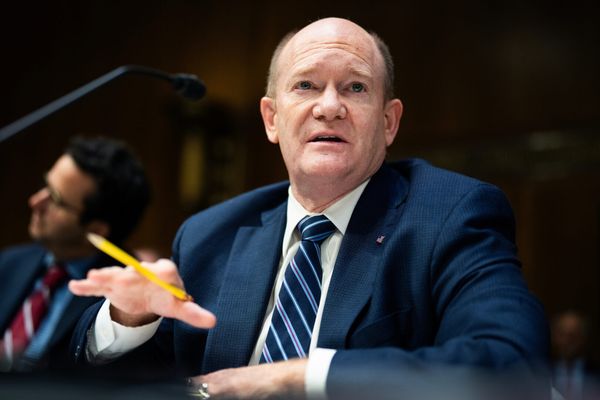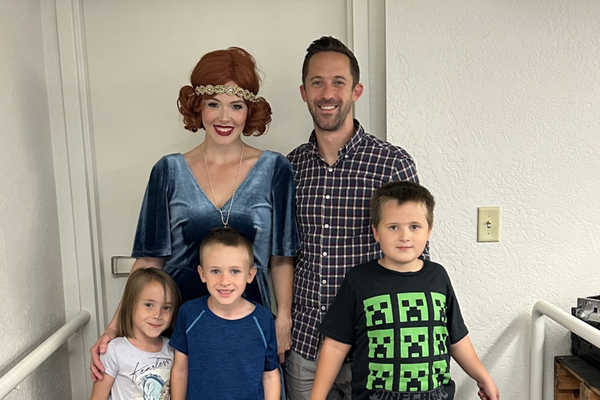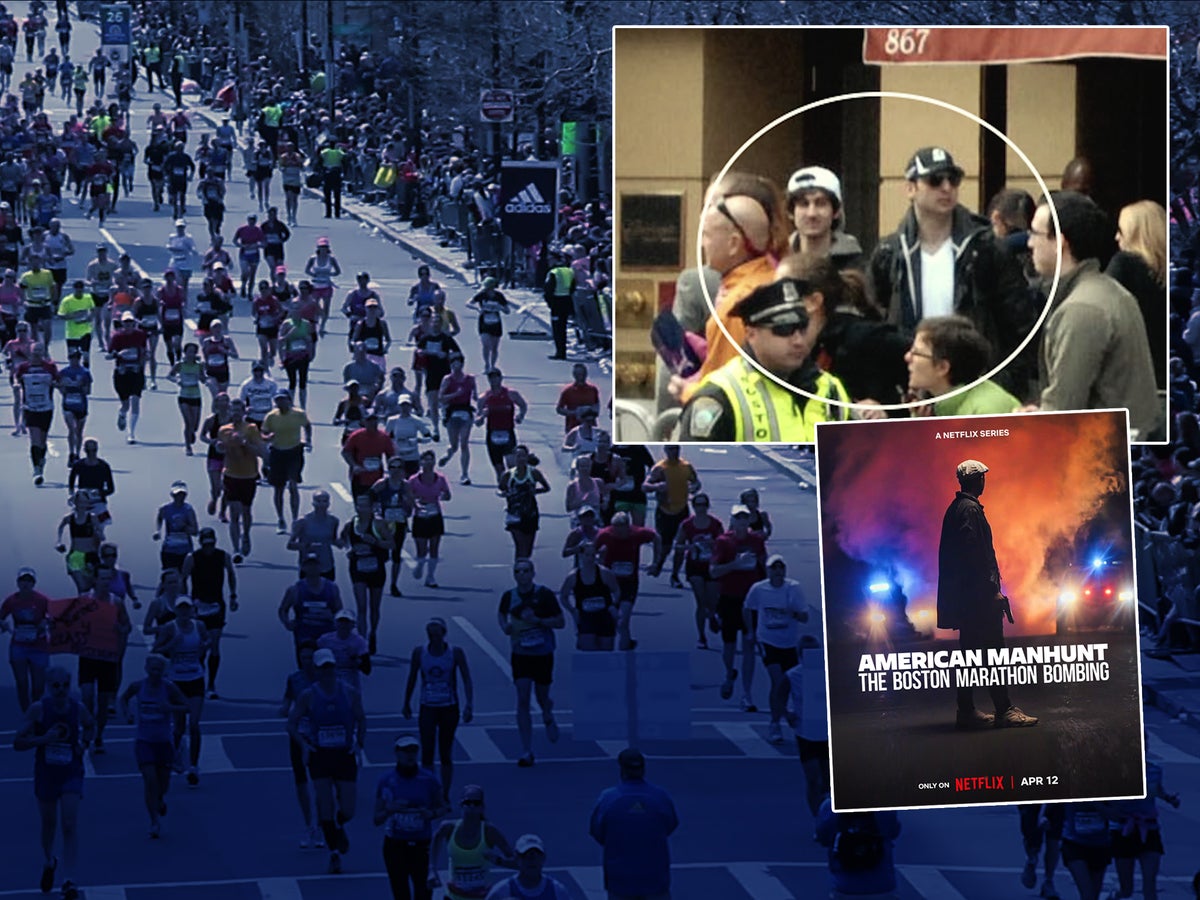
It has been a decade since two homemade bombs exploded near the finish line of the Boston marathon, killing Martin Richard, eight, Krystle Campbell, 29, and Lingzi Lu, 23, and injuring more than 200 people. The city will mark the 10th anniversary of the attacks on 15 April with One Boston Day, a day for “volunteer events and acts of kindness”. There will be a shoe drive, a spice drive, a donation drive for food, baby supplies and clothing, and a blood drive, among other initiatives. One Boston Day has been billed as a day to honour the city’s “spirit of care for one another in response to the tragic events of April 15, 2013.”
A new Netflix documentary series, American Manhunt: The Boston Marathon Bombing, looks back not only on the attack and its aftermath, but also on the past 10 years, and what we have learned since. Its anchor is the four-day period after the bombing, and the search for 19-year-old Dzhokhar Tsarnaev and his 26-year-old brother Tamerlan. Tamerlan died on 19 April following a confrontation with authorities and after being struck by an SUV his brother was driving. Dzhokhar was convicted of the bombing and sentenced to death in 2015. He remains on death row.
“I don’t think I could have ever worked on this any earlier,” director Floyd Russ, whose previous work includes the short documentary titled Zion and the feature Aya, tells The Independent. “I think it takes a very long time for us to be able to contextualise and understand what happened in such an unbelievable manhunt, but also emotionally, in terms of what happened to the victims and to the entire city. There are so many different types of trauma in the story.”
American Manhunt offers a thorough play-by-play of the 101-hour search for the Tsarnaev brothers. Among those taking part in the programme are members of law enforcement at the time, such as William Evans, who was a Boston Police Department superintendent, and former Boston Police commissioner Ed Davis; survivors of the bombing, including Karen McWatters, whose friend Krystle Campbell died in the attack and whose own leg was amputated following the incident; paramedic Janell Jimenez; journalists Phillip Martin and David Filipov; Danny Meng, who was carjacked by Dzhokhar and Tamerlan Tsarnaev as they tried to flee to New York City; Rick Deslauriers, who was the FBI’s special agent in charge; the US attorney for the district of Massachusetts at the time, Carmen Ortiz; and Youssef Eddafali, who was a friend of Dzhokhar Tsarnaev prior to the bombing.
Russ says that the point of having such a wide cast was to “paint a holistic picture through as many people as we can”.
“At the same time, though, it’s important not to interview too many people,” he says. “For me, as a filmmaker, it’s always important to get to know the person you’re interviewing and to have an emotional connection with them. It doesn’t mean you need to feel or like them, but you just need to be able to understand who they are, and why they are saying what they are saying.”
After the bombing, Tamerlan and Dzhokhar Tsarnaev remained on the run for four days. They carjacked Meng and started towards New York, where they were apparently planning to carry out another attack. Meng describes the terror of that night vividly in American Manhunt. He convinced the brothers to stop for petrol, and, alone in the car with Tamerlan, who was armed, decided to make a run for it. Meng reached another petrol station nearby and alerted the authorities.
This enabled police officers to quickly track down the vehicle. The two brothers ended up in a stand-off in the middle of a residential neighbourhood, armed with one gun and more explosives. Tamerlan was shot multiple times; while officers tried to restrain and arrest him, Dzhokhar drove towards the group, hitting Tamerlan. Tamerlan died in a Boston hospital of catastrophic injuries.
Meanwhile, Dzhokhar fled. This led to the now-infamous manhunt in Watertown. The authorities, Evans says in the documentary, searched the city “house by house, block by block, from the middle out”. Watertown was on lockdown; residents were asked to stay indoors. Dzhokhar, also infamously, was found in a boat that was being stored in someone’s back yard. That moment was a particular point of interest for Russ, and one of the elements that convinced him there was room for a documentary revisiting the logistics of the entire operation that took place in the aftermath of the bombing.
“I remember when I first heard about the story, I thought, ‘Wait, how did that guy get to be in that boat?’ That was my first question,” Russ, who started working on the documentary in 2022, says. “Nine years later, I couldn’t remember the details of why he was in that boat. There have been other documentaries about this, but the fact that I had that question was why I wanted to make this one.”
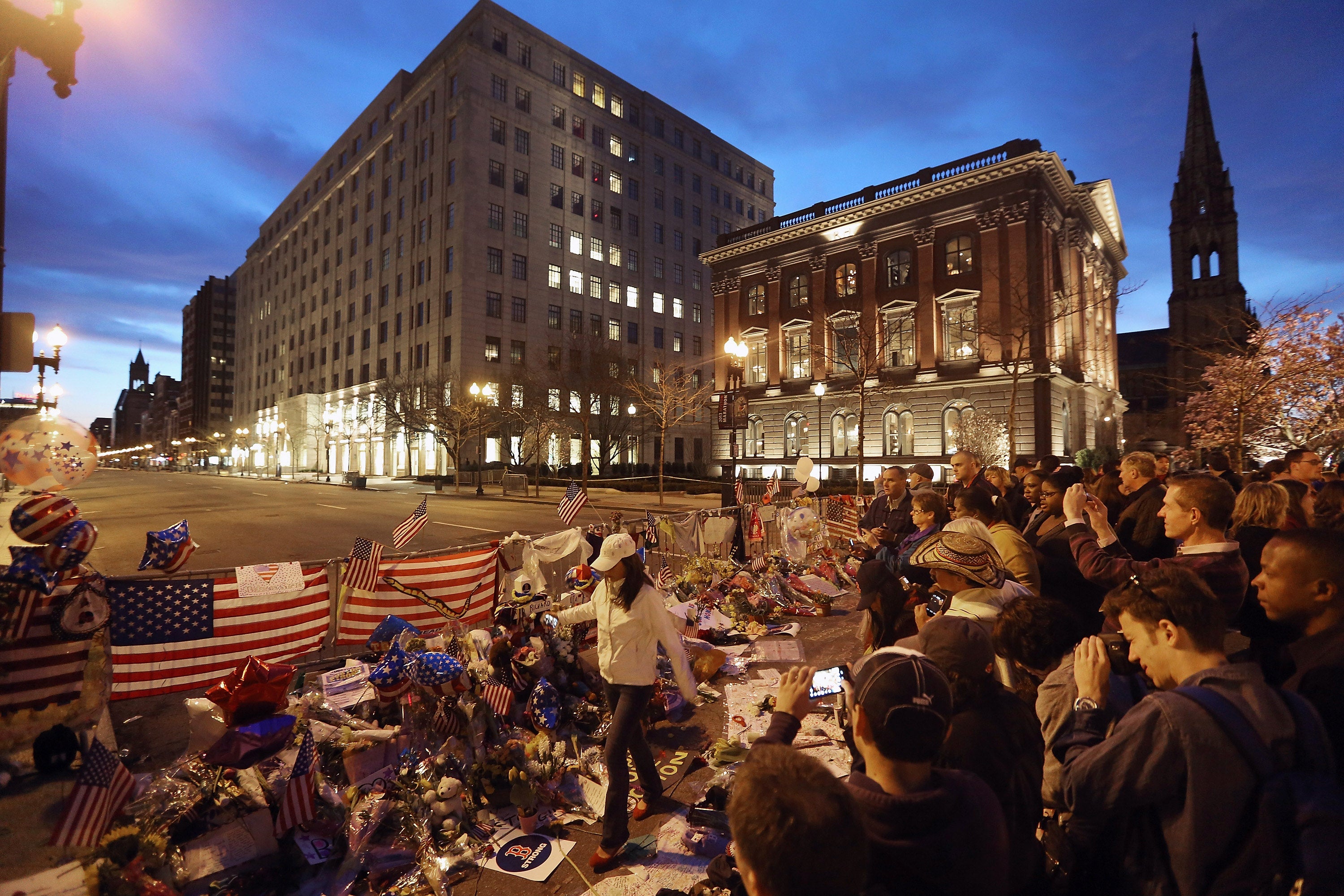
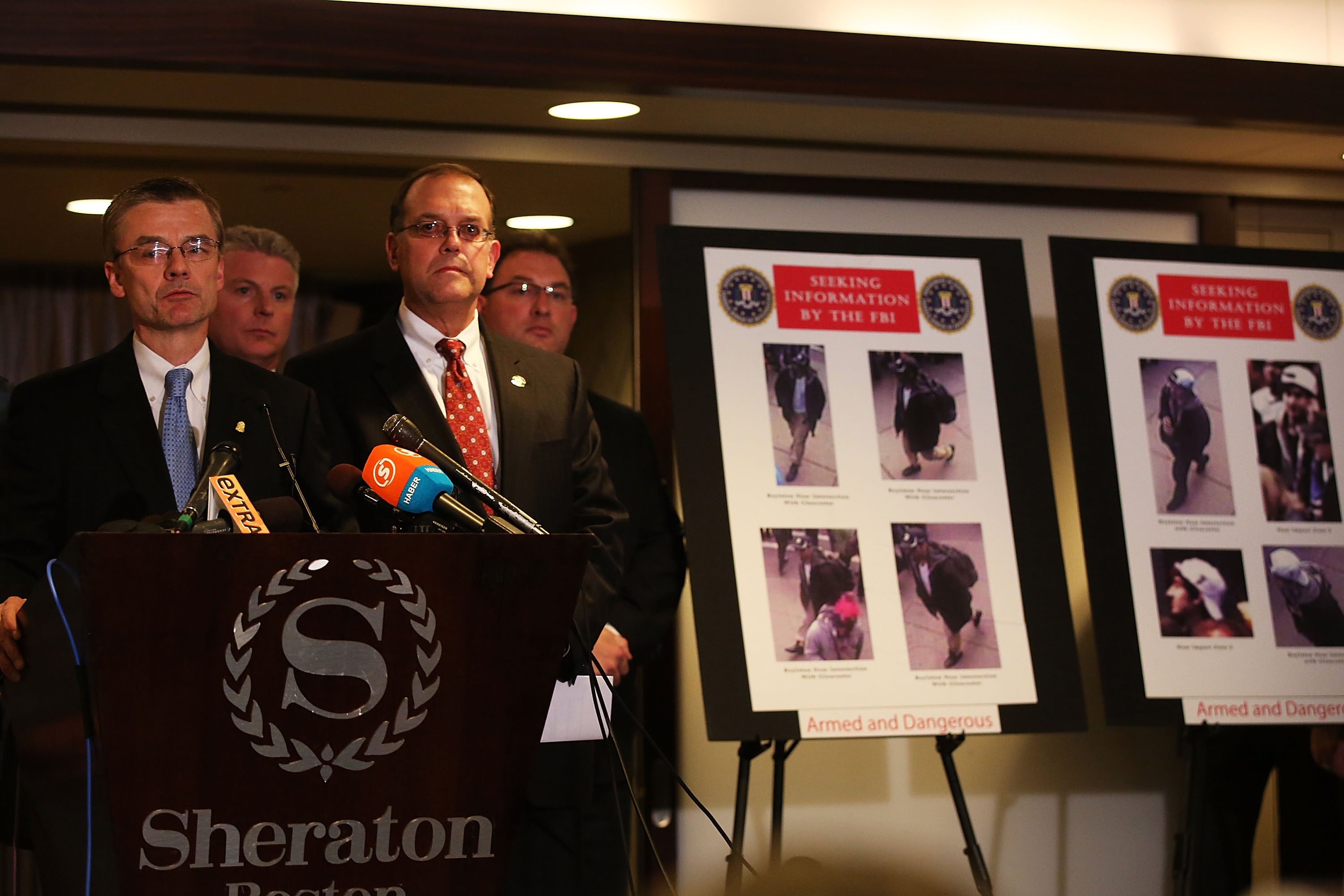
American Manhunt is an examination not just of the events, but of the decisions that drove them. Before Dzhokhar ended up in the boat, before Tamerlan’s death, and before Meng’s carjacking, there was the decision to release the two suspects’ photos to the public.
“What ended up happening is exactly what we didn’t want to happen,” says Ortiz in American Manhunt, right before the documentary cuts to the brothers’ murder of Sean Collier, a Massachusetts Institute of Technology police officer, whose gun they attempted to steal.
The documentary asks whether the release of the photo could have prompted his murder. The two brothers were fugitives; the images being made public might have emboldened them. Davis presents a different point of view, suggesting the Tsarnaevs would have tried to procure an extra gun regardless of whether the photos had been released.
“It’s a very sensitive subject for law enforcement, of course, to have a major disagreement like that,” Russ says. “... They’re making decisions in the most complicated, high-pressure situation; in an unprecedented situation. And that takes discussion. It takes disagreement to come to the best decision. The release of the photos, I think, is very symbolic, in that you see that law enforcement is struggling, but still wants to do the best thing they can, as fast as possible. Whether it was the right decision or not, I think everybody has to decide for themselves.”
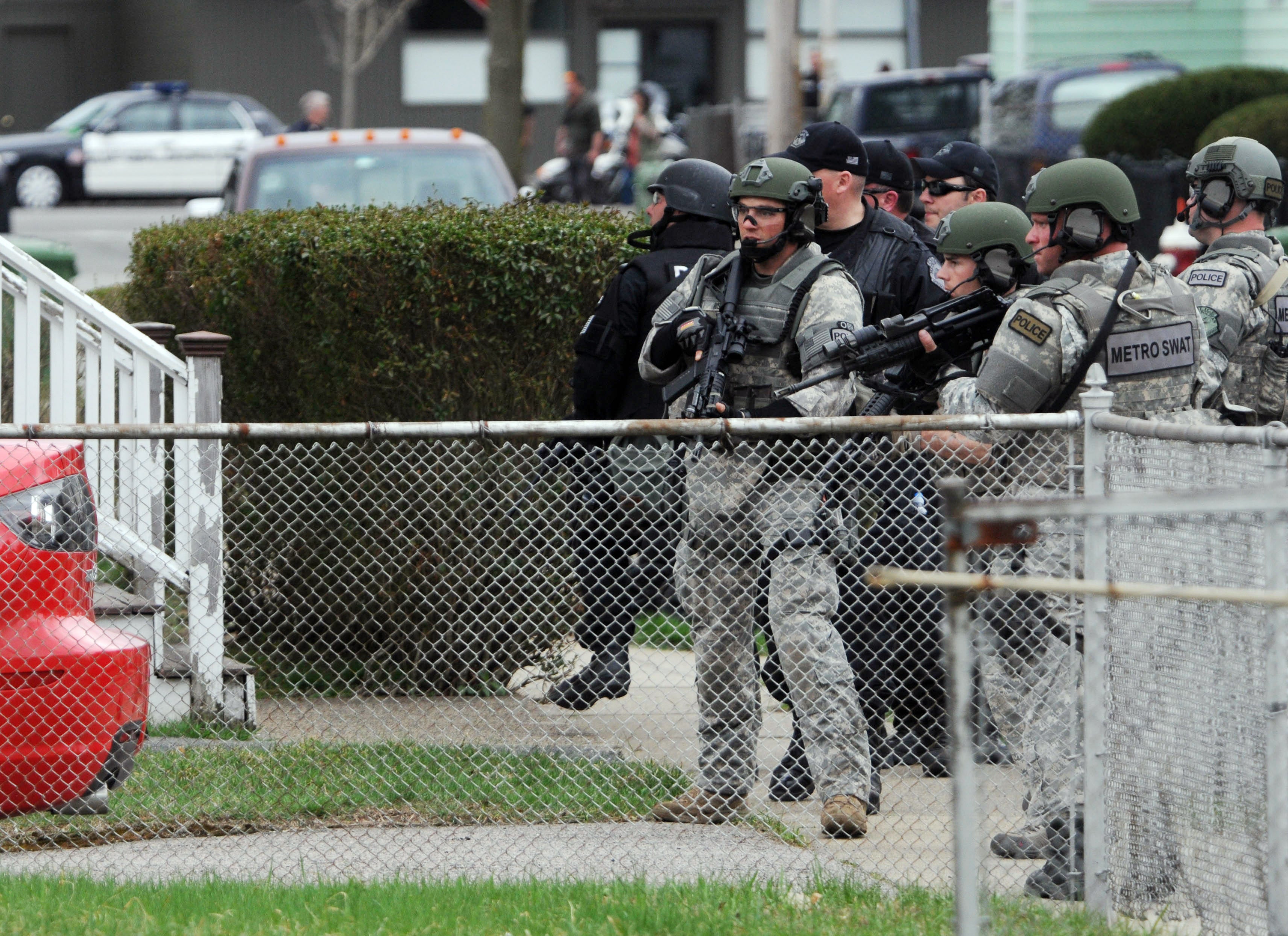
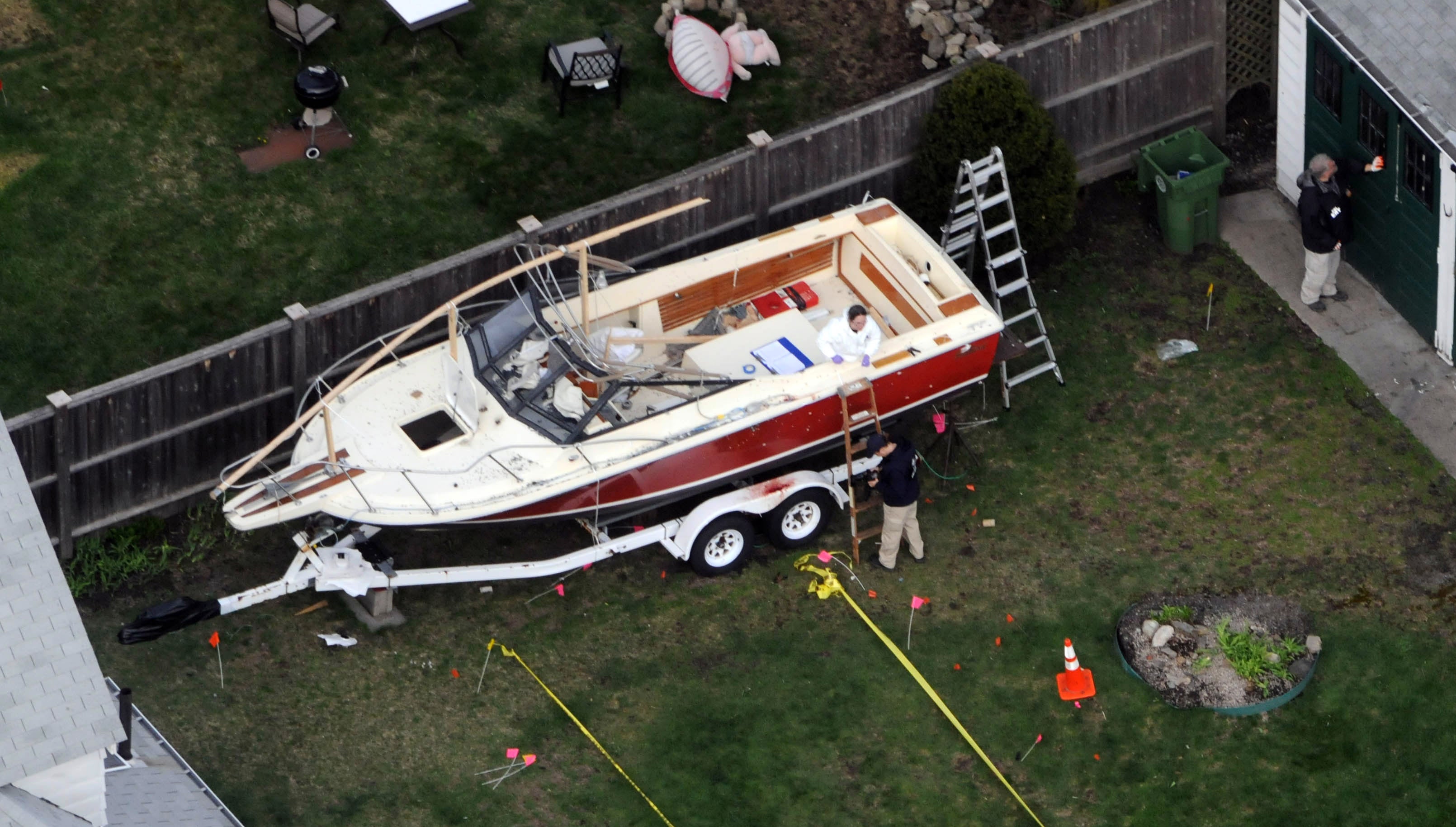
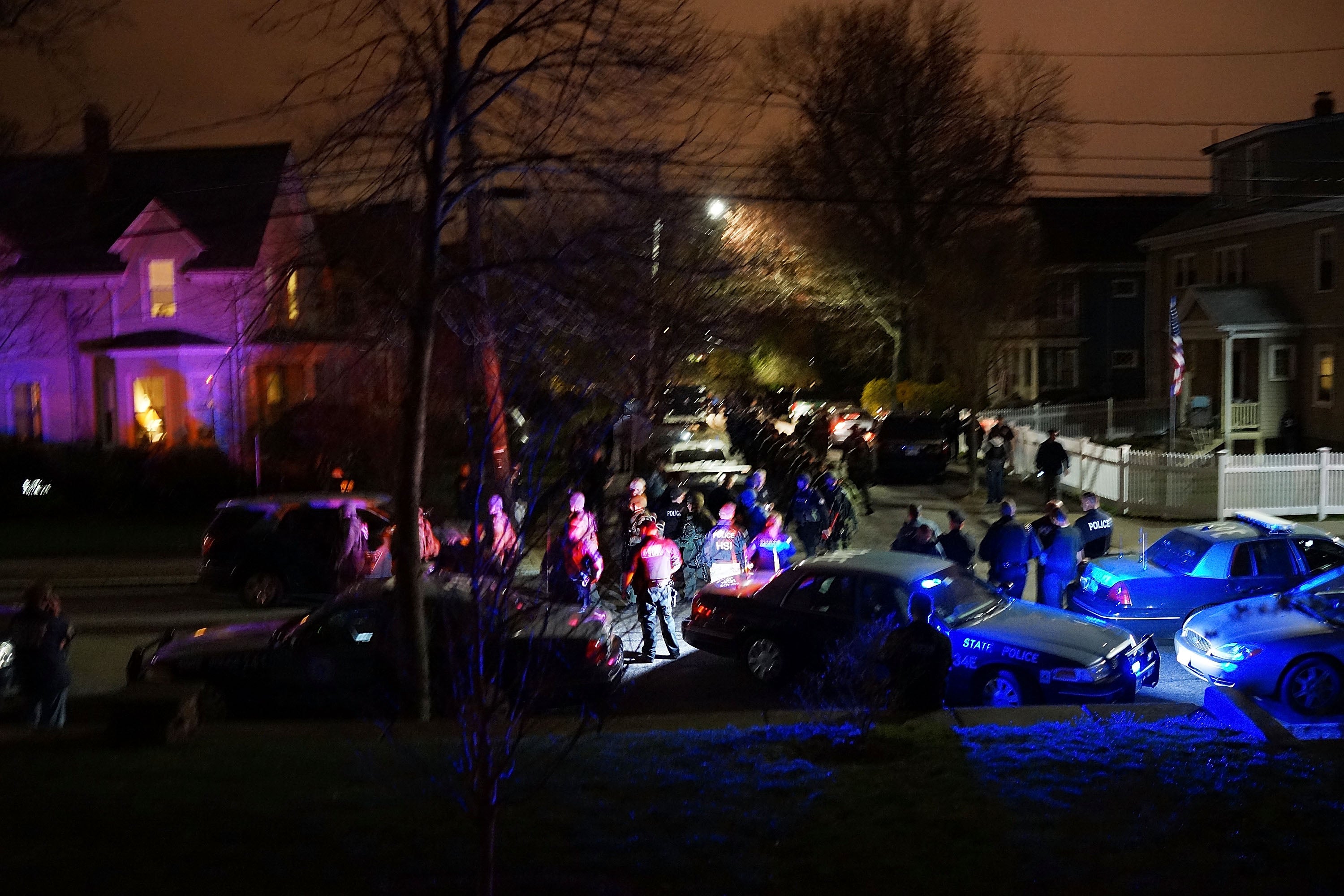
Similarly, American Manhunt looks back on the events in Watertown, and the risks civilians were exposed to as the search took over residential neighborhoods. American Manhunt gives room to law enforcement officials to reflect on how Dzhokhar’s capture unfolded. The confrontation in the boat, as depicted in the documentary, was a scene of chaos, with an apparent lack of coordination between police teams. Davis himself points out the need for more “command and control” between police departments.
To Russ, it was all the more crucial to include those reflections as new generations learn about the Boston bombing.
“We’re talking about a bomber who was 19 years old,” he says in reference to Dzhokhar. “And 19-year-olds now were nine when this happened. They probably have no understanding of the story.”
He says that the story is “filled with themes that are very relevant today”: “How law enforcement treats the public, how we view them, how we criticise them, rightfully so. That is a case that is being made here, that law enforcement made some mistakes... made some good choices, some bad choices.”
American Manhunt also interrogates Dzhokhar’s legal defense. His attorneys argued that he had fallen under Tamerlan’s influence prior to the bombing. The documentary contextualises his arrest with the fears that it would stoke anti-Muslim sentiment, and charts the brothers’ path to radicalisation. One of the most compelling voices is that of Filipov, a Boston Globe reporter who spent two months in Chechnya, Dagestan, and Kyrgyzstan reporting on the brothers’ earlier lives. Back in 2013, the resulting piece, titled “The Fall of the House of Tsarnaev”, led to backlash: “To some, it looked like by making them look like people, we were somehow rationalising away, or justifying, or giving them a pass,” he says in the documentary.
Filipov’s own father died in the 9/11 attacks; there is nothing absolving in his desire to understand and relate the events that led to the Boston bombing.
“These people were not born marathon bombers. They became them,” he says in American Manhunt. “That is the truth. That’s the story.”
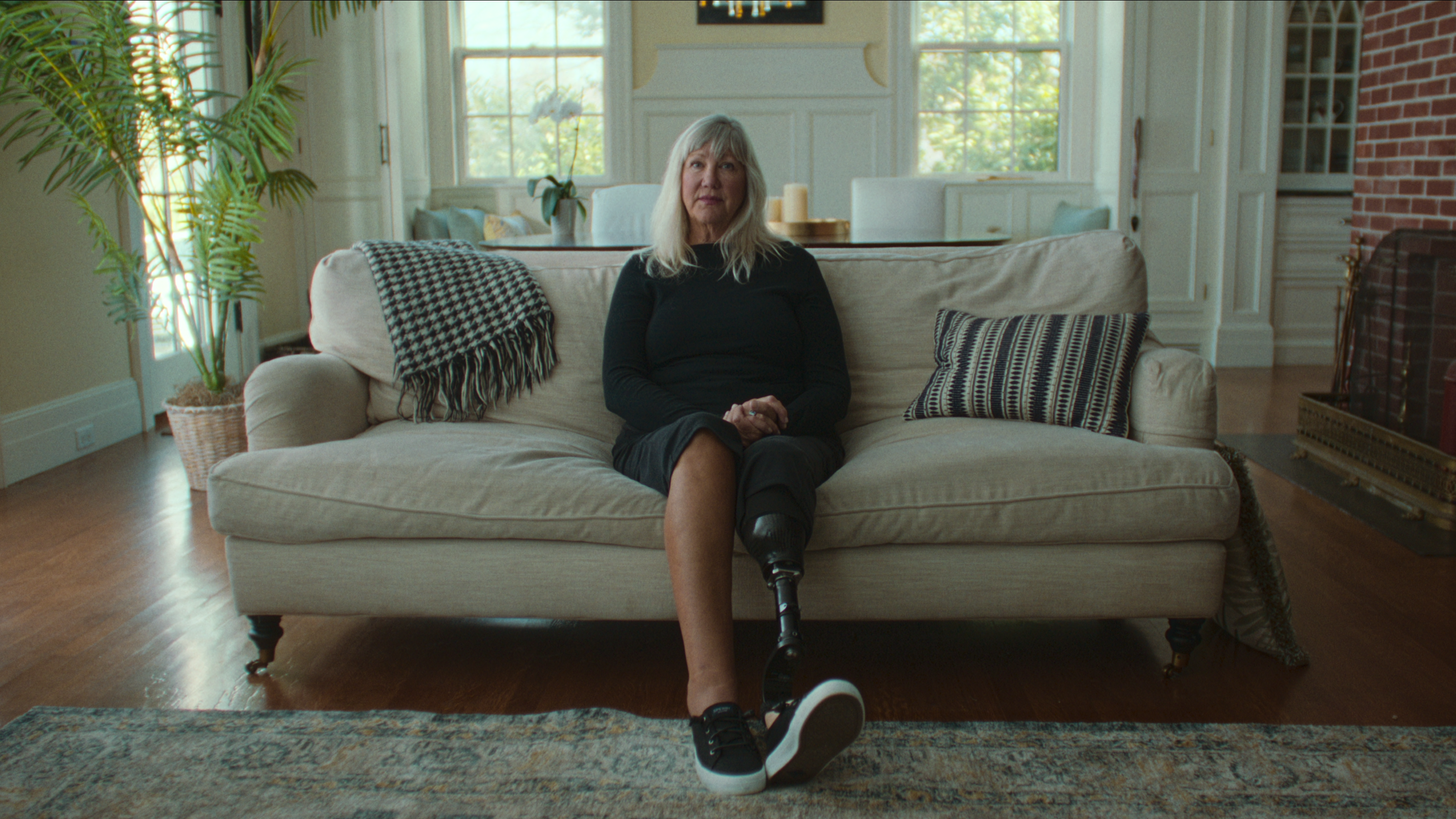
Russ tells The Independent that one of the most symbolic stories in the documentary is that of Karen McWatters, who survived the bombing. In front of Russ’s camera, McWatters revisits the trauma of 13 April. Her husband, Kevin McWatters, who was running the race that day, details the anguish of trying to locate her after the news of the attack had broken. Eventually, Karen was among those who delivered victim impact statements during Dzhokhar’s trial, telling him in court, according to the Boston Globe: “[Krystle] was the friend who was always there in good times and bad. She was loyal, fun, kind, and the best kind of friend anyone could have. ... I could tell you so many stories about Krystle, but you will never know her. You ruined so many lives that day.”
“[Karen] was so nervous to come in front of the camera,” Russ says. “And I thank her for doing so, because I think her story is utterly important in terms of what happened to her that day, but also in the aftermath, and going to the trial and facing the younger bomber. It took her nine-plus years until she was ready to talk on camera about that. There are other victims who are still not ready, and there are those who don’t want to talk about it any more. That is all OK. Because everybody heals differently.”
‘American Manhunt: The Boston Marathon Bombing’ is on Netflix now
